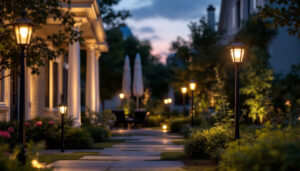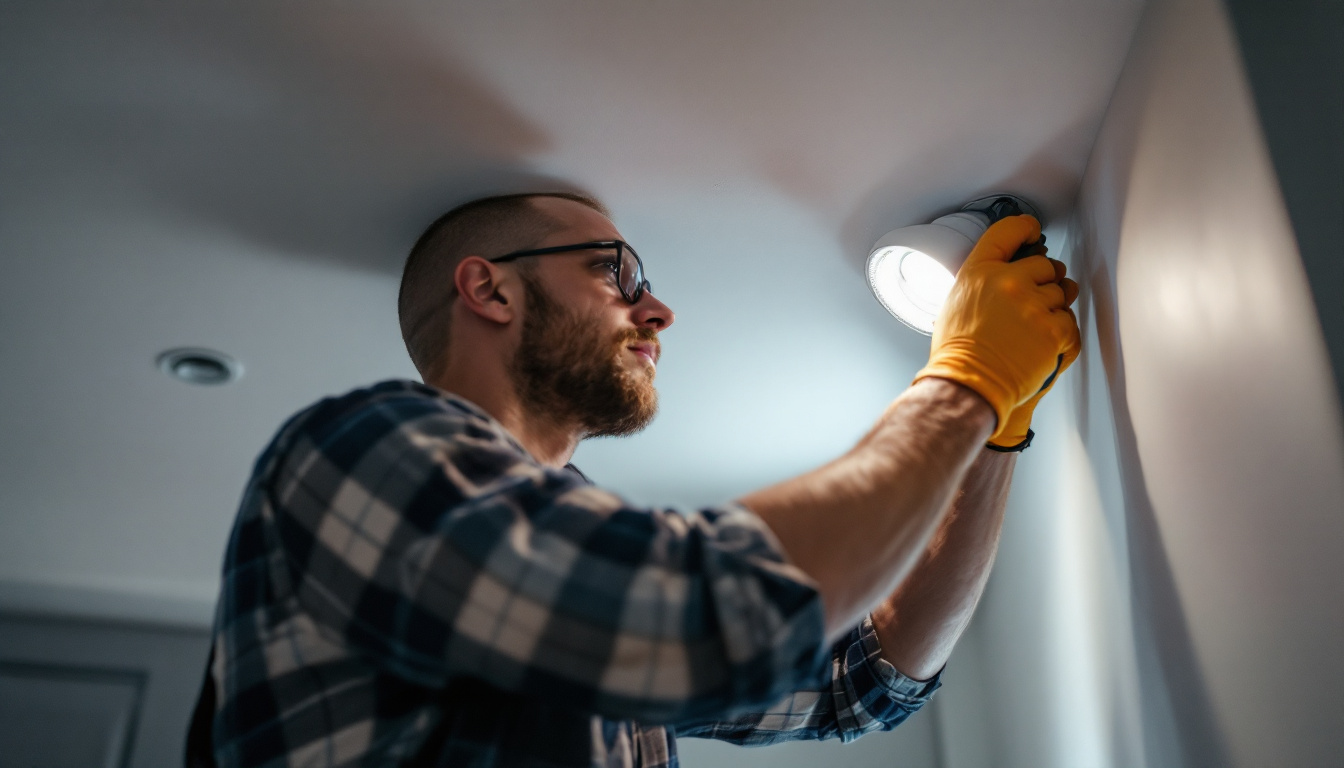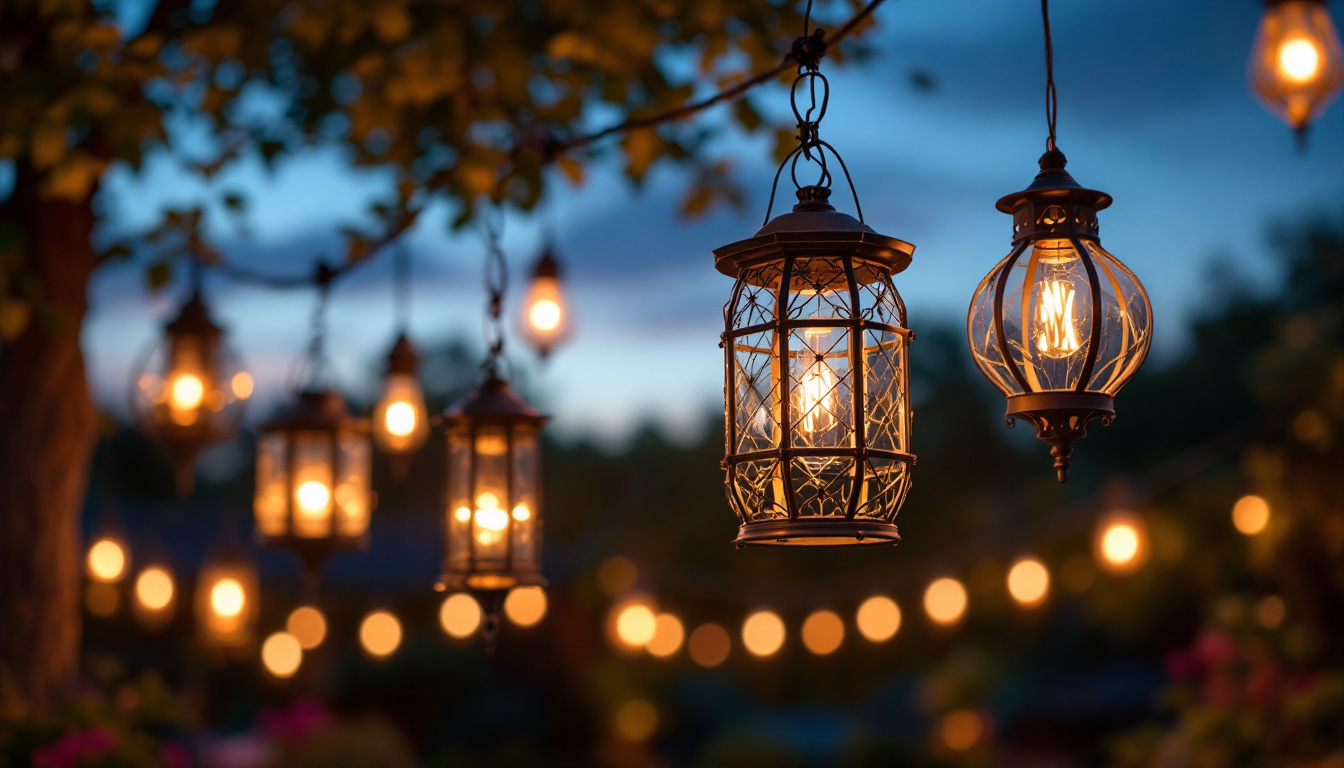

Recessed lighting has become a popular choice for both residential and commercial spaces, providing a sleek and modern aesthetic while efficiently illuminating areas. For lighting contractors, understanding the various components involved in the installation of recessed lighting is crucial. Among these components, recessed lighting clips play a vital role in ensuring that fixtures are securely mounted and properly aligned. This guide will delve into the types of recessed lighting clips available, their installation techniques, and best practices to enhance the quality of your work.
Recessed lighting clips are essential components that help secure lighting fixtures within ceilings. They are designed to hold the fixtures in place, ensuring stability and alignment. The right clips not only contribute to the aesthetic appeal of the installation but also ensure safety and functionality. Properly installed recessed lighting can transform a space, providing both ambient and task lighting while maintaining a clean, modern look.
There are several types of recessed lighting clips available, each designed for specific applications and fixture types. Understanding these options can help contractors choose the right clips for their projects. Selecting the appropriate clip type is crucial, as it can affect the ease of installation and the long-term performance of the lighting system.
The material of the clips can significantly impact their performance and longevity. Most clips are made from either plastic or metal. While plastic clips are lightweight and resistant to corrosion, metal clips offer enhanced strength and durability. When selecting clips, consider the specific requirements of the installation, including the weight of the fixtures and the environmental conditions. Additionally, the choice of material can influence the thermal conductivity of the clips, which is an important factor in preventing overheating in recessed lighting setups.
Moreover, it is essential to consider the compatibility of the clips with the lighting fixtures being installed. Some fixtures may have unique design features that require specialized clips for optimal performance. For instance, LED fixtures often have specific heat dissipation needs, making it crucial to choose clips that can accommodate these requirements without compromising safety. Understanding the nuances of different clip materials and designs can lead to more efficient installations and longer-lasting lighting solutions.
Proper installation of recessed lighting clips is crucial for ensuring the longevity and safety of the lighting fixtures. Here are some essential techniques that lighting contractors should follow during the installation process.
Before beginning the installation, thorough planning is essential. This involves measuring the ceiling space and determining the optimal placement of the recessed lights. Marking the locations on the ceiling will help ensure that the fixtures are evenly spaced and aligned.
Additionally, it is important to check for any obstructions in the ceiling, such as beams or ductwork, which may affect the installation. Having a clear plan will streamline the installation process and reduce the likelihood of mistakes. Consideration should also be given to the type of lighting being installed; for instance, LED lights may require different spacing compared to traditional incandescent bulbs due to their unique light distribution characteristics. Furthermore, creating a lighting layout that complements the room’s design can enhance both functionality and aesthetics, ensuring that the lights not only serve their purpose but also contribute to the overall ambiance of the space.
Once the locations are marked, the next step is to secure the clips. For spring clips, ensure that they are properly aligned with the fixture housing. Gently push the clips into place until they snap securely. For push-in clips, simply push the fixture into the ceiling until it clicks into place.
It is vital to check that the clips are firmly attached and that the fixture is level. An uneven installation can lead to aesthetic issues and may affect the performance of the lighting. Additionally, contractors should consider the weight of the fixtures being installed; heavier fixtures may require additional support or specialized clips to ensure they remain securely fastened over time. Using a level during this phase can help avoid future complications, as even slight misalignments can become more pronounced once the lights are turned on, potentially leading to an unsatisfactory appearance.
After the clips are secured and the fixtures are installed, it is essential to test the lighting. Turn on the fixtures to ensure they are functioning correctly. Check for any flickering or dimming, which may indicate a poor connection or installation issue.
If adjustments are needed, carefully remove the fixture and inspect the clips and connections. Making these adjustments before completing the project will save time and ensure customer satisfaction. It is also advisable to educate clients on the importance of regular maintenance checks for their recessed lighting, as dust accumulation or loose connections can affect performance over time. Providing them with tips on how to clean the fixtures safely and when to call for professional help can foster trust and encourage repeat business, ultimately enhancing the contractor’s reputation in the industry.
To achieve the best results when using recessed lighting clips, consider the following best practices that can enhance the quality of your installations.
As previously mentioned, selecting the appropriate type of clip is crucial for the success of the installation. Consider the weight of the fixtures, the ceiling material, and the specific requirements of the project. Consulting with manufacturers or suppliers can provide valuable insights into the best clips for different scenarios.
It is essential to ensure that the clips are compatible with the fixtures being installed. Different fixtures may have unique mounting requirements, and using the wrong type of clip can lead to instability or damage. Always refer to the manufacturer’s specifications for guidance.
After installation, regular maintenance and inspections can help identify potential issues before they become significant problems. Encourage clients to periodically check the fixtures and clips for any signs of wear or damage. This proactive approach can extend the lifespan of the lighting system and maintain its performance.
While installing recessed lighting clips may seem straightforward, contractors often encounter challenges that require quick thinking and problem-solving skills. Here are some common issues and their solutions.
Uneven ceilings can pose a significant challenge when installing recessed lighting. If the clips are not secured properly, the fixtures may not sit flush against the ceiling, leading to an unprofessional appearance.
To address this issue, consider using adjustable clips that can accommodate variations in ceiling height. Additionally, using a level during installation can help ensure that the fixtures are aligned correctly.
In many cases, recessed lighting is installed in areas with insulation, which can complicate the installation process. It is crucial to ensure that the clips do not interfere with the insulation, as this can create fire hazards and reduce energy efficiency.
Using IC-rated fixtures can help mitigate this issue, as they are designed to be in contact with insulation. Additionally, ensuring that the clips are installed securely can prevent any movement that may disrupt the insulation.
Electrical issues can arise during the installation of recessed lighting, particularly if the wiring is not up to code or if there are existing problems in the electrical system. It is essential for contractors to be prepared to troubleshoot these issues effectively.
Before beginning the installation, conduct a thorough inspection of the electrical system. If any problems are identified, address them before proceeding with the installation. This proactive approach can prevent complications and ensure a smooth installation process.
Recessed lighting clips are a fundamental component of any recessed lighting installation. By understanding the different types of clips, mastering installation techniques, and adhering to best practices, lighting contractors can ensure high-quality installations that meet client expectations.
As the demand for recessed lighting continues to grow, staying informed about the latest trends and technologies in lighting installations will be beneficial. By investing time in learning about recessed lighting clips and their applications, contractors can enhance their skills, improve their services, and ultimately contribute to the success of their projects.
Ready to elevate your lighting installations with the highest quality recessed lighting clips? Look no further than LumenWholesale, where we provide contractors with spec-grade lighting products at unbeatable wholesale prices. Our extensive selection is designed to meet the highest industry standards, ensuring you deliver reliable and high-performance lighting for every project. Plus, with free shipping on bulk orders, you can stock up on premium lighting without the worry of hidden fees or compromises. Don’t miss out on the perfect blend of quality, affordability, and convenience. Visit LumenWholesale today for Wholesale Lighting at the Best Value.

Discover why purchasing outdoor sign lights in bulk from local distributors might not be the best choice.

Discover essential insights for lighting contractors on electric vehicle chargers, including installation tips, industry standards, and the latest technological advancements to stay ahead in the evolving market..

Discover the essential insights lighting contractors need to know about sconces.

Discover how outdoor hanging lanterns are revolutionizing the lighting industry with their blend of aesthetic appeal and functionality.
Get notified when NEW deals are released.
Optimize your budget with wholesale discounts.
Only top-quality, specification-grade lighting products.
No additional costs at checkout - what you see is what you pay.
We understand the unique needs of contractors.